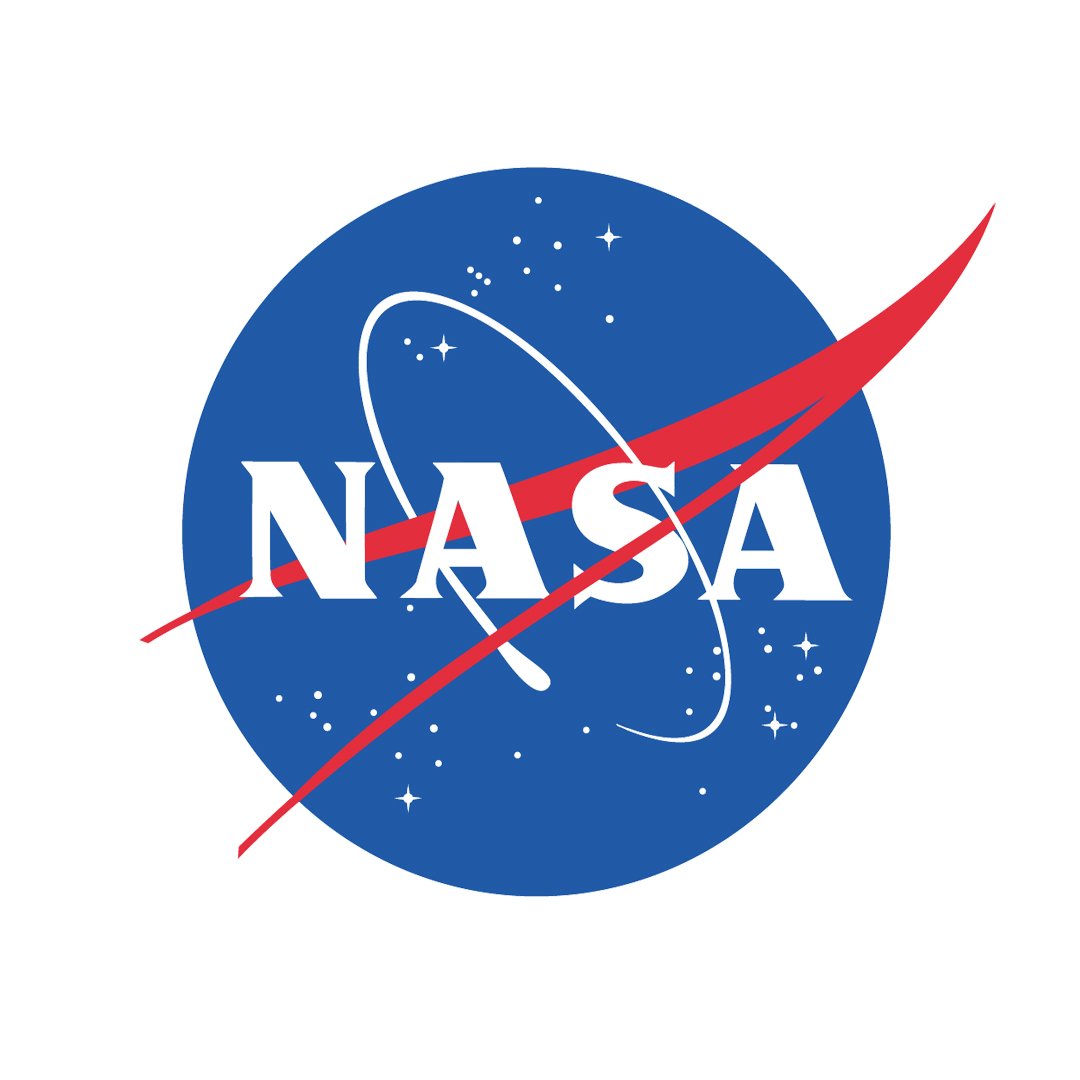
NASA
nasaHere comes the Sun(-studying spacecraft) Here comes the Sun And I say, "it’s alright"... ...if you’re curious about two new NASA missions! Launching later this month, they will study bursts of solar energy that can impact technology and astronauts exploring space. When the Sun’s magnetic fields reconnect and create a solar flare, it sends out streams of charged particles. NASA’s Interstellar Mapping and Acceleration Probe, or IMAP, will track this solar wind as it reaches the boundaries of the solar system and interacts with the local galactic neighborhood beyond. IMAP will also be able to help provide real-time observations of the solar wind as it approaches Earth, providing about a half-hour’s warning of harmful radiation for spacecraft and astronauts. As Artemis astronauts venture beyond Earth’s magnetic protection to the Moon and Mars, IMAP’s data becomes ever more crucial to fill in missing puzzle pieces that will help mission planners predict and mitigate the effects of space weather. It will share a ride to space with NASA’s Carruthers Geocorona Observatory. Carruthers will use its post nearly a million miles from Earth to view the exosphere, our home planet’s outermost atmospheric layer that plays a role in space weather. These two spacecraft will be the latest in a fleet that keeps watch for flares like the one seen in this Solar Dynamics Observatory image, captured on May 14, 2024. Image description: The image shows the Sun, with the bright flash of a solar flare on the right standing out against the yellow outline. Other bright spots and loops of plasma appear across the surface. At the bottom left, superimposed text identifies the wavelength used by the Solar Dynamics Observatory to capture the image — 171 angstroms — and the date and time. Credit: NASA/SDO #NASA #Sun #Space #SpaceWeather #SolarSystem
09.16 05:35








